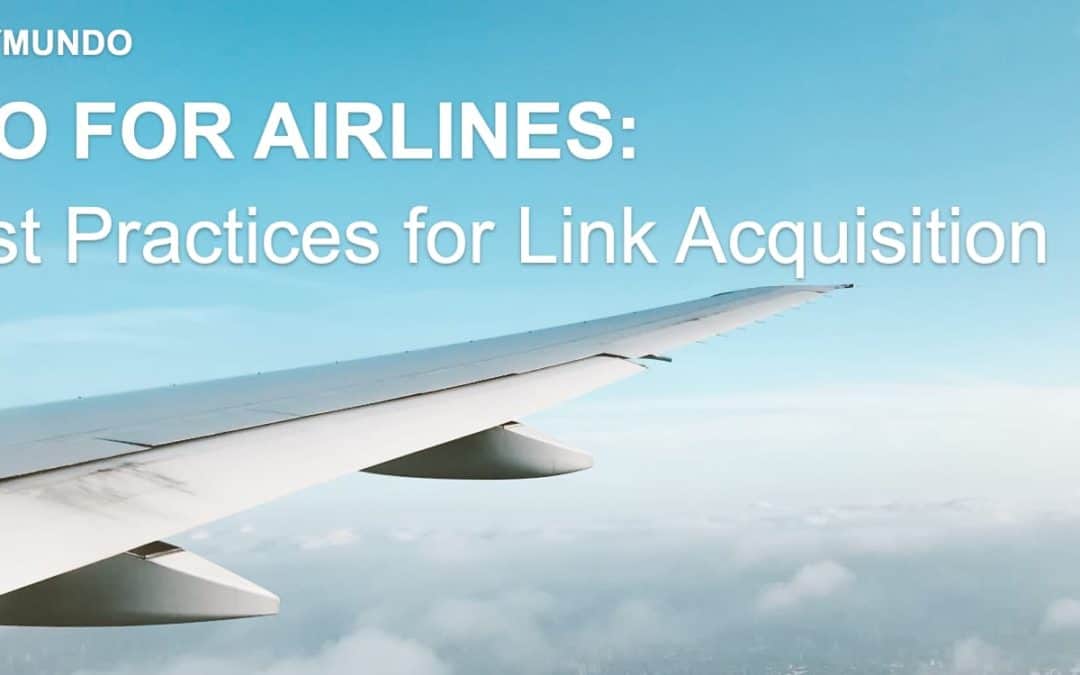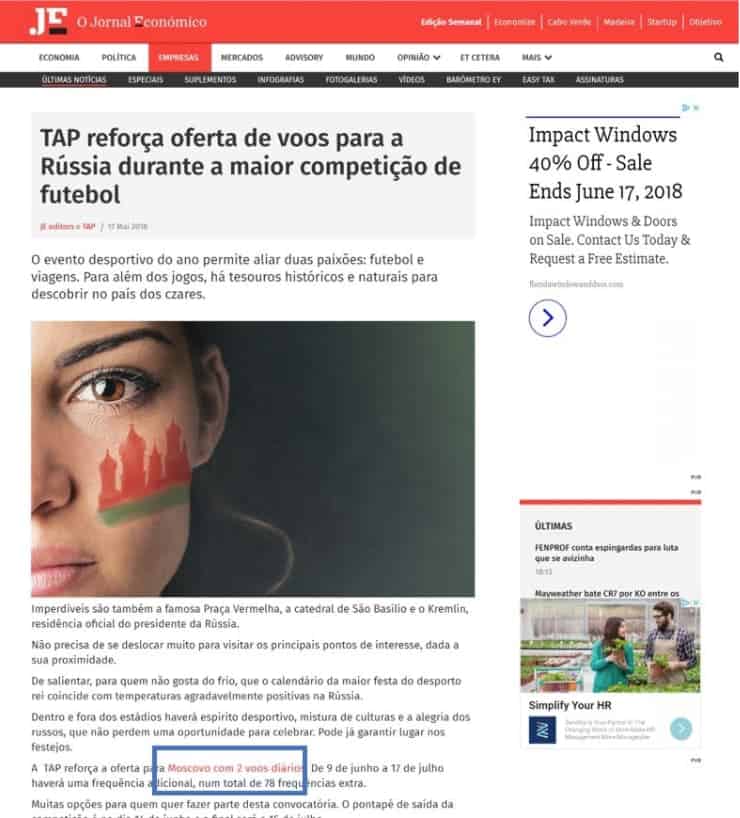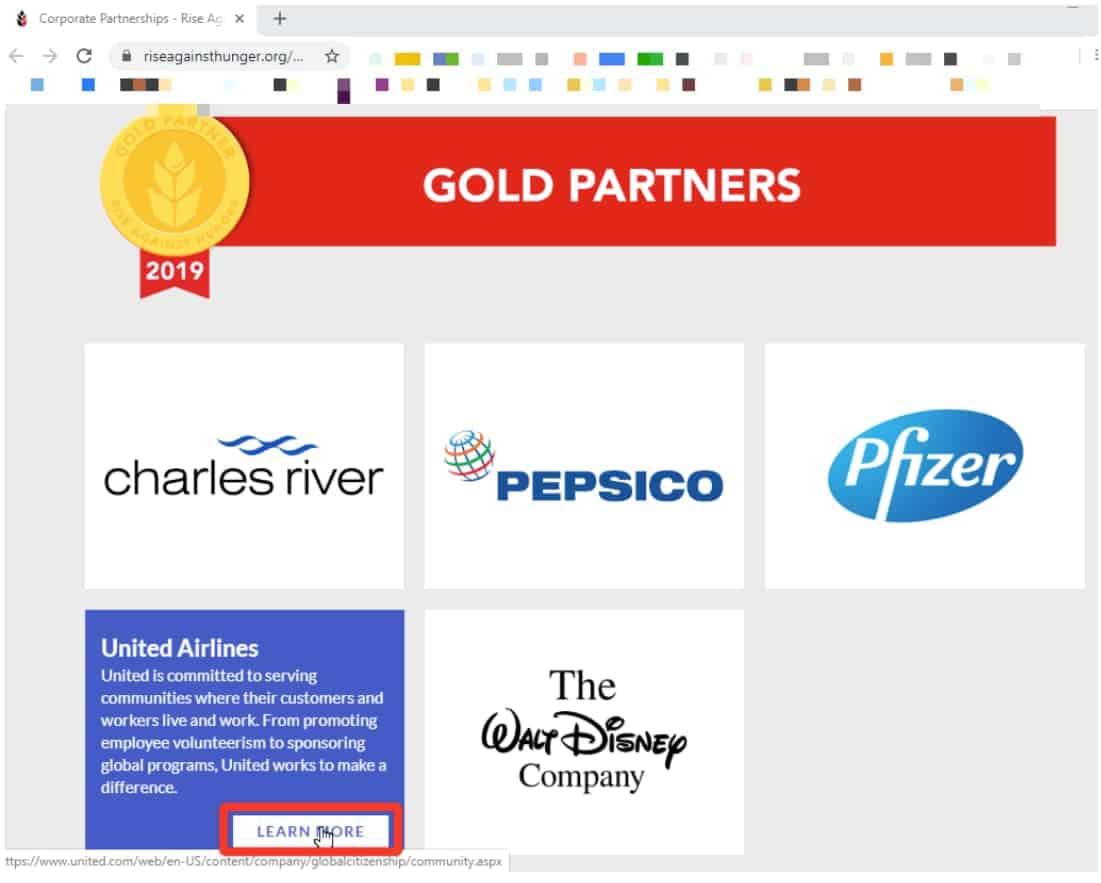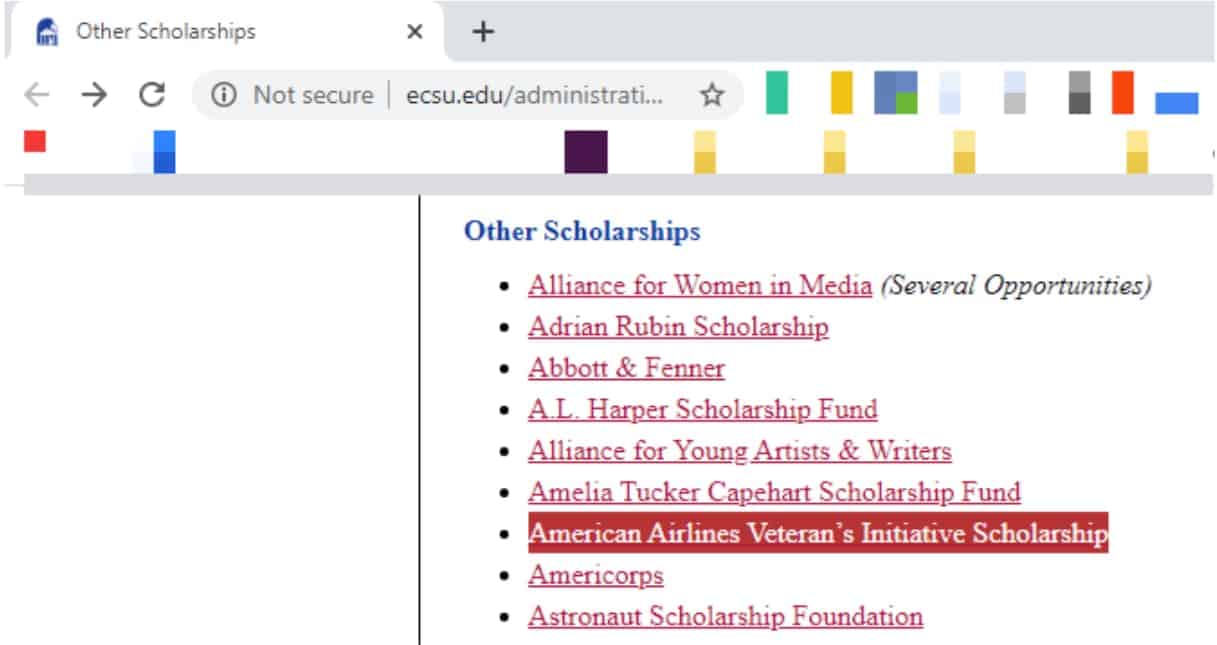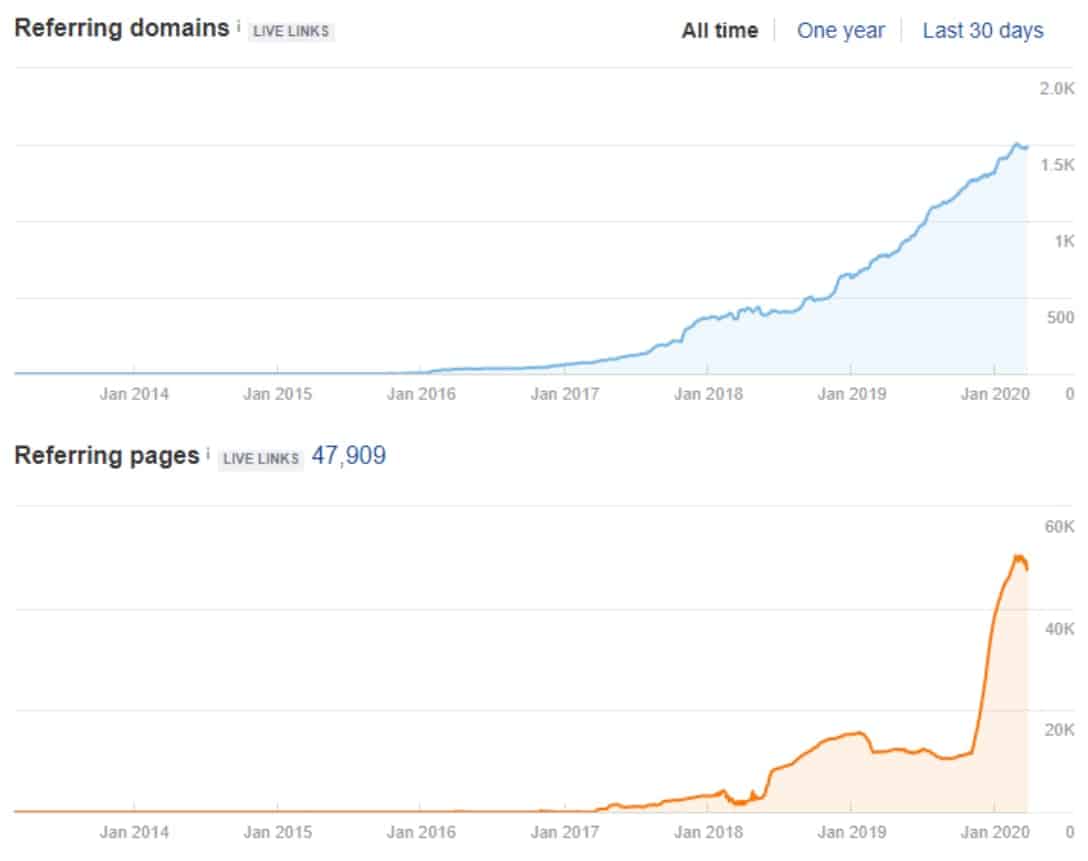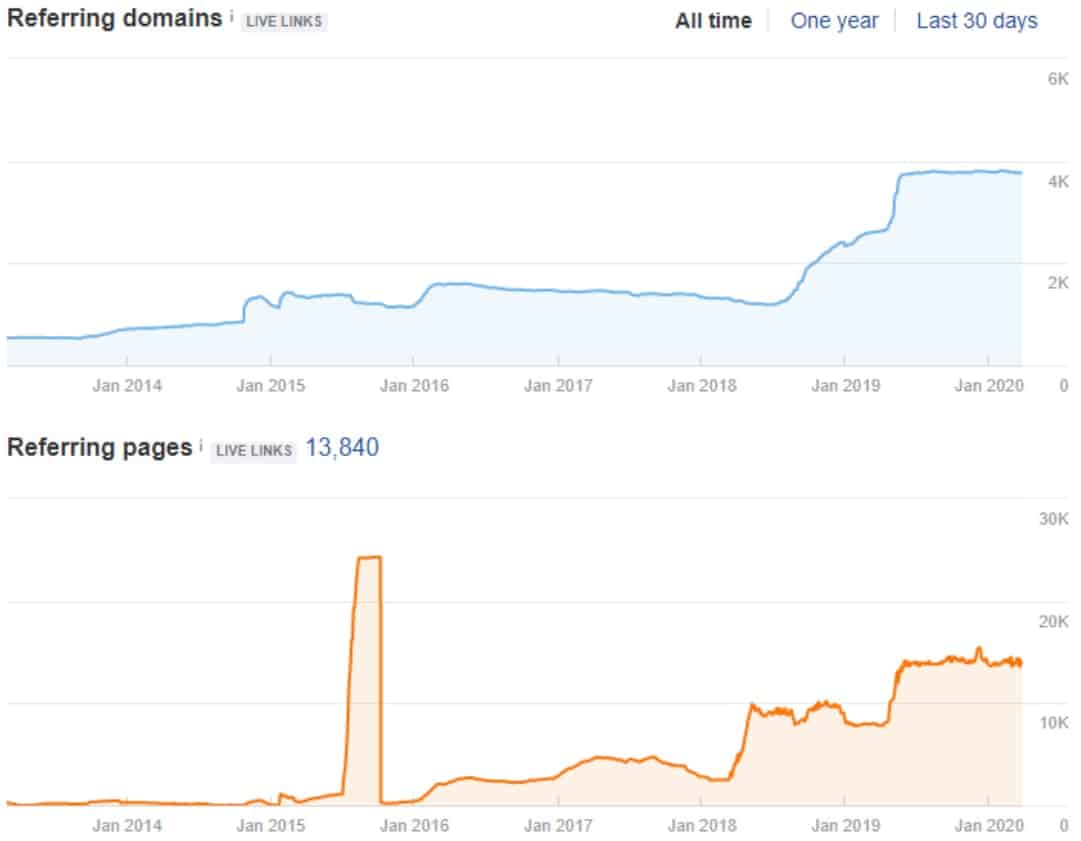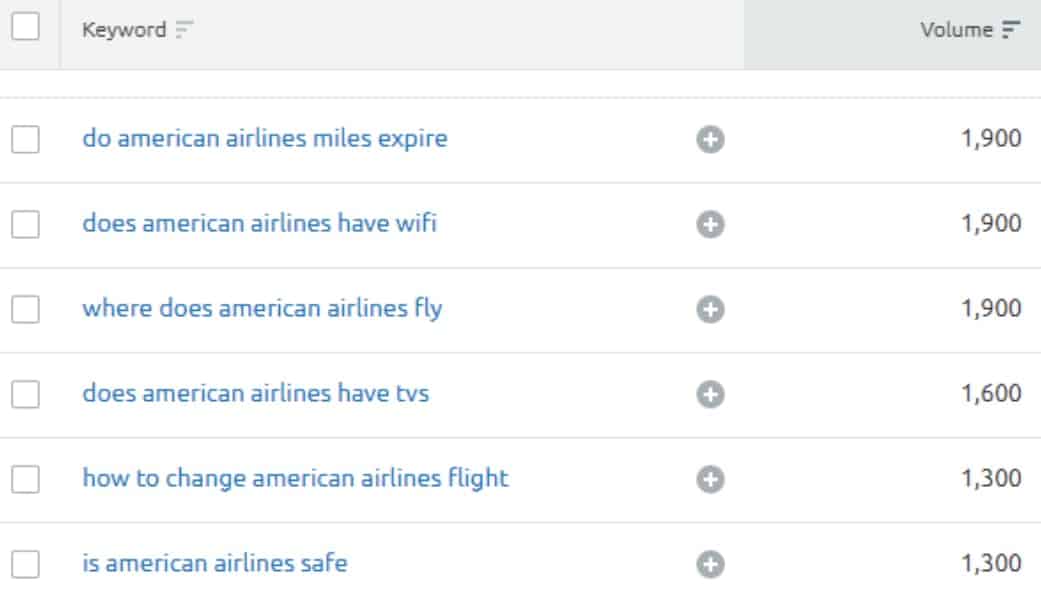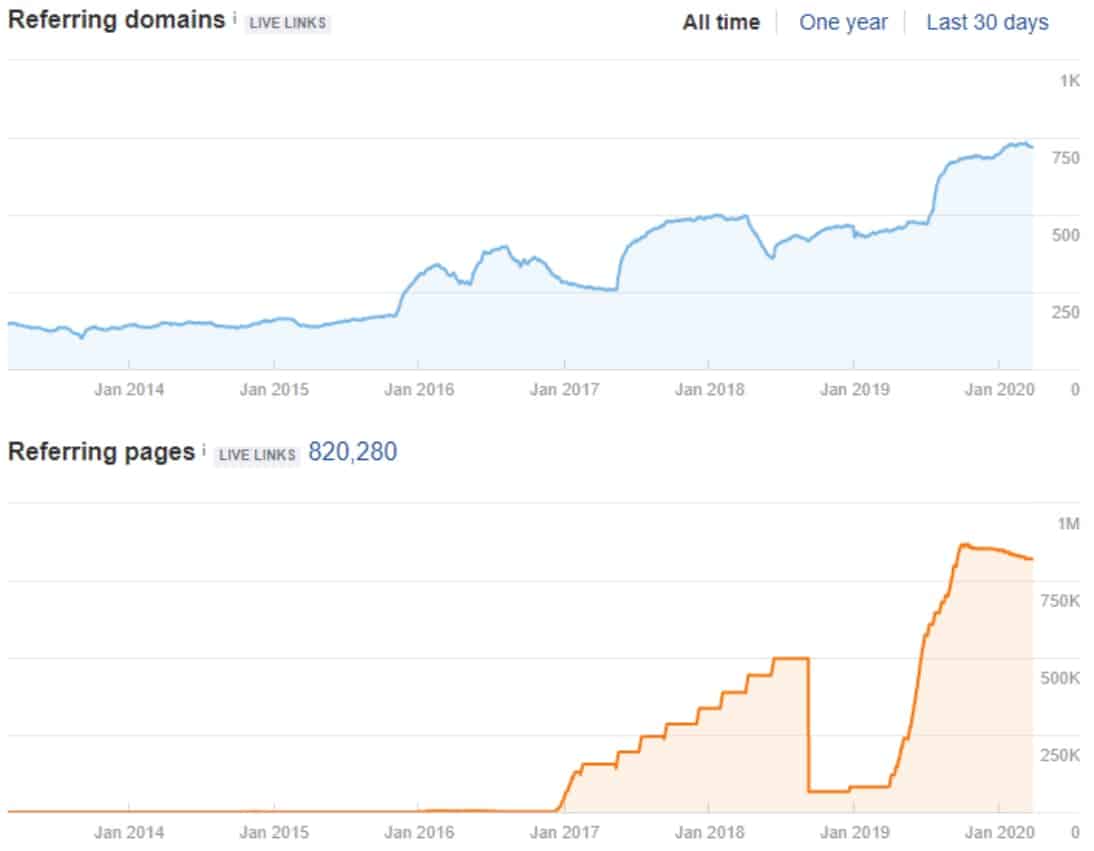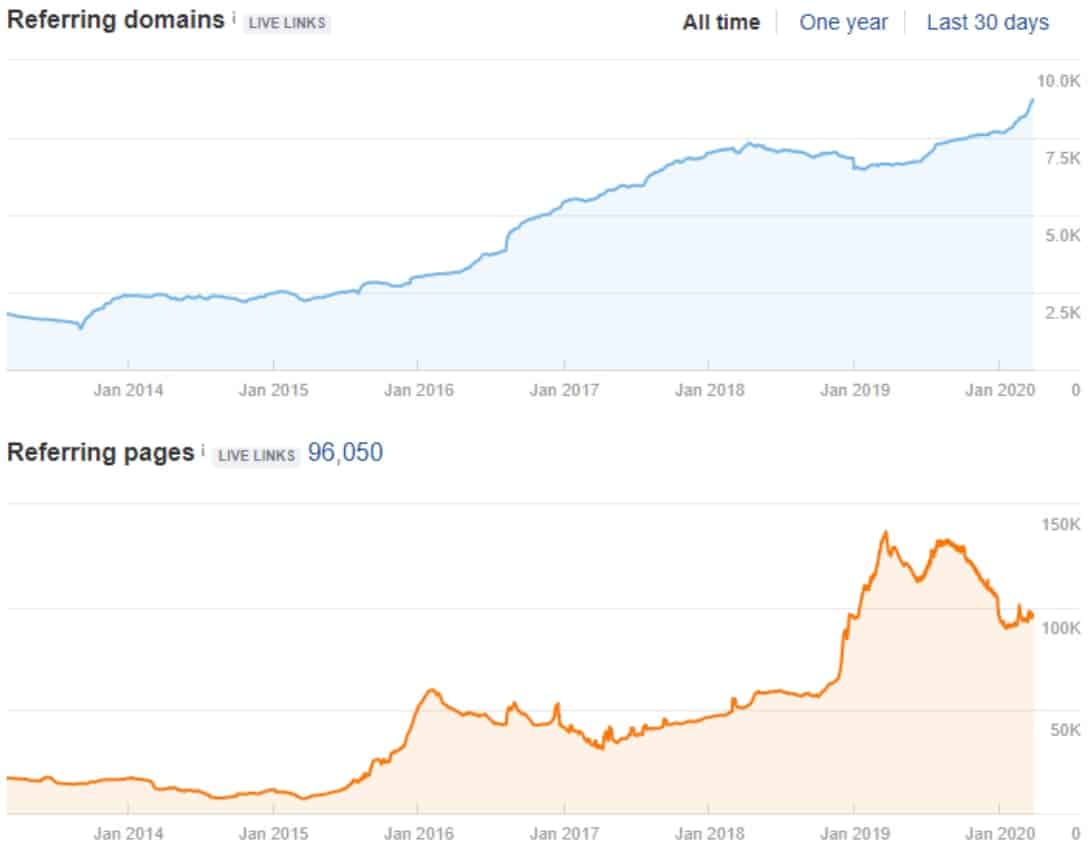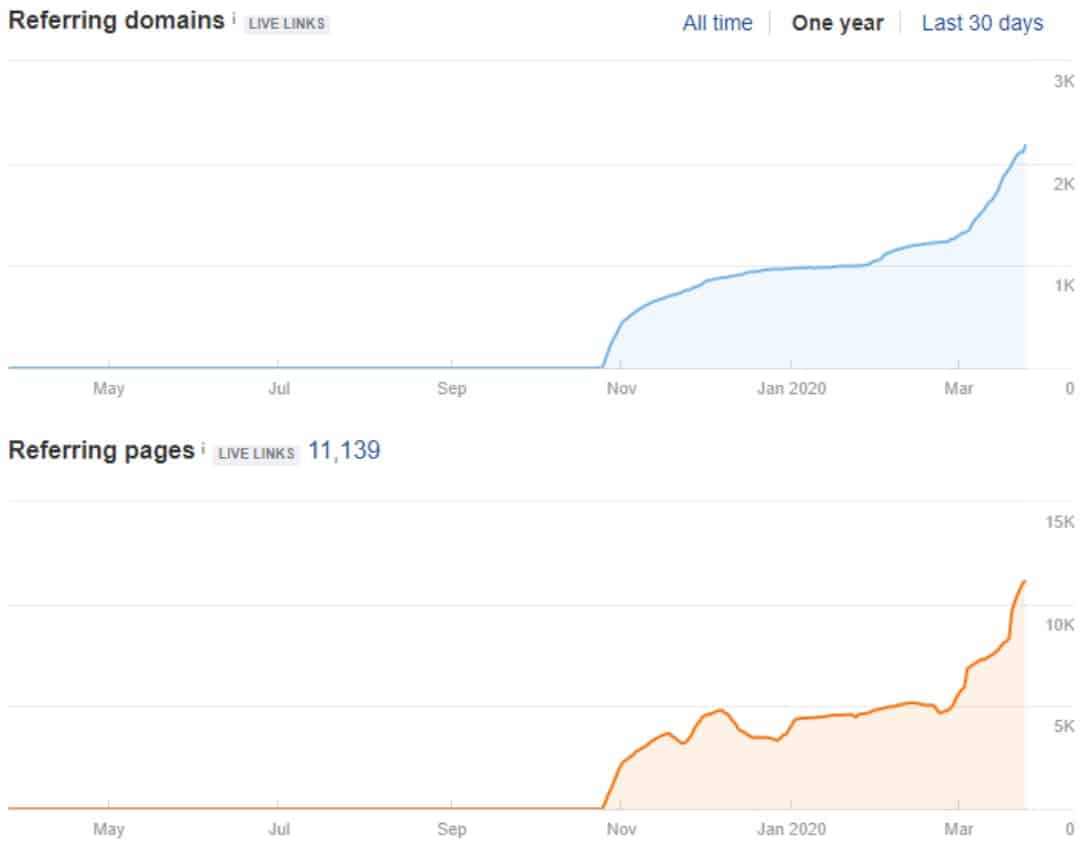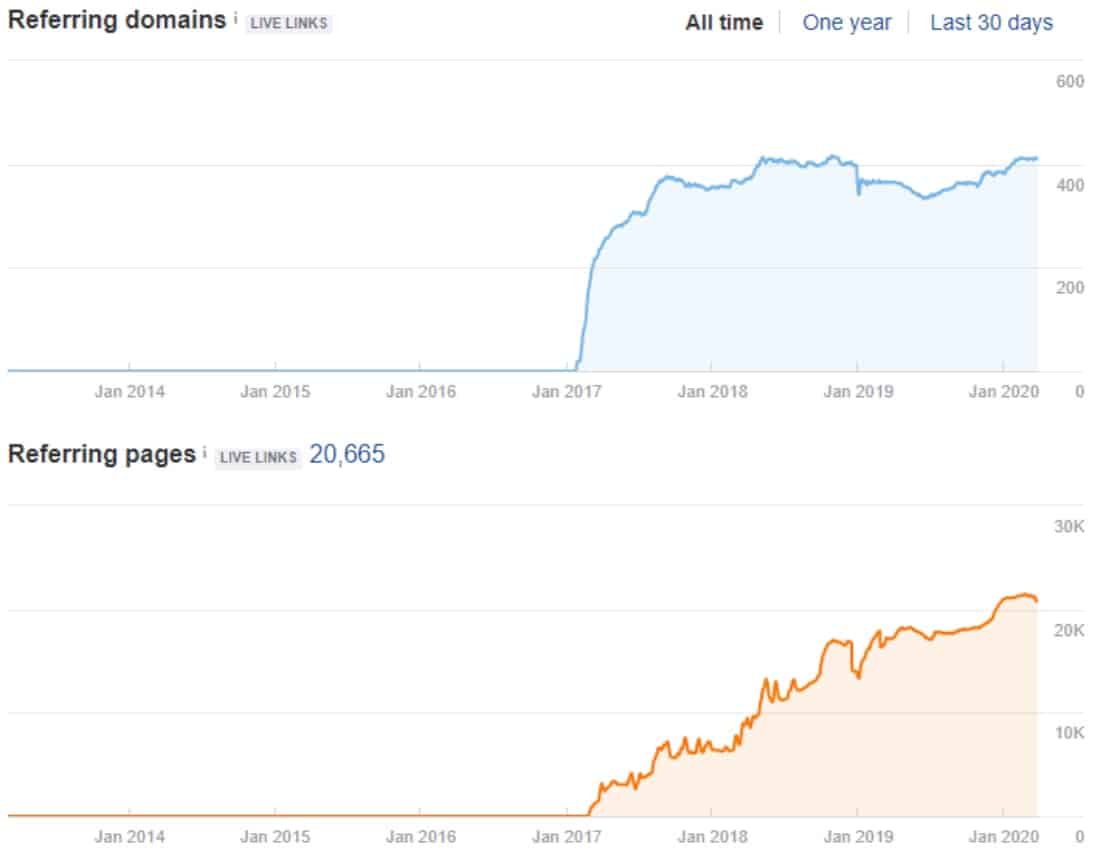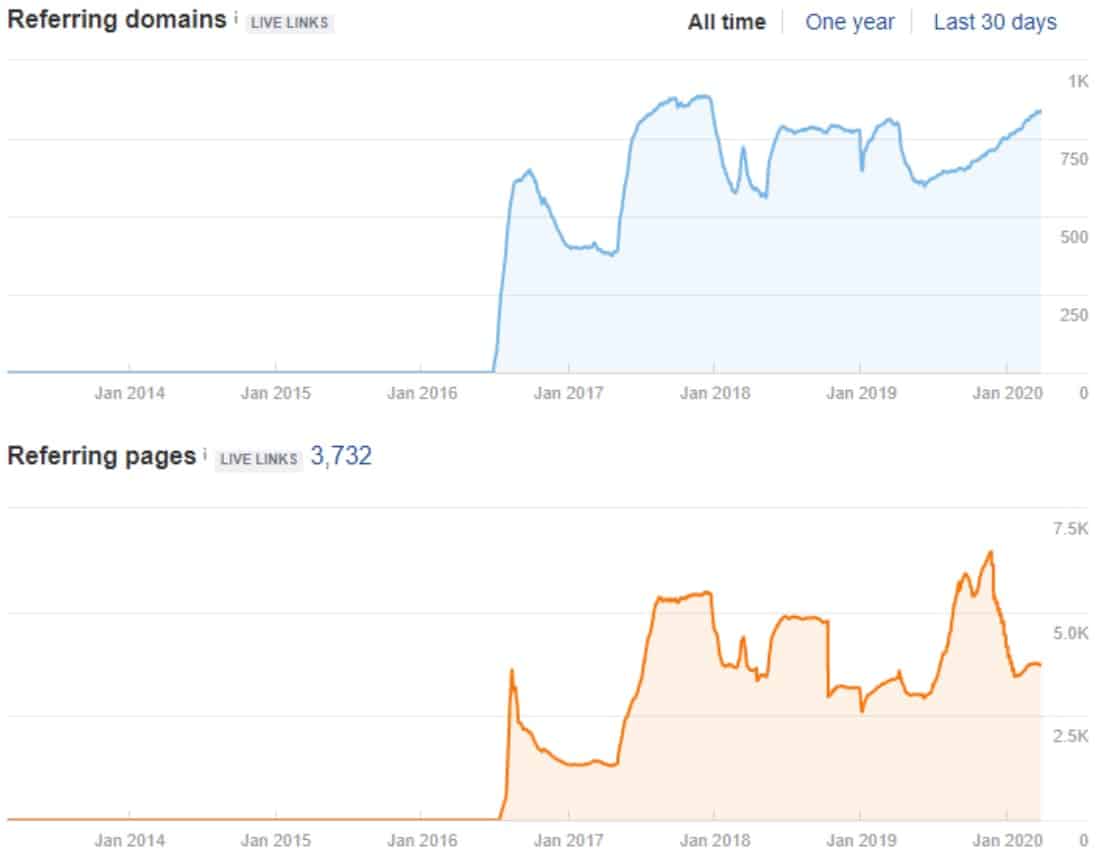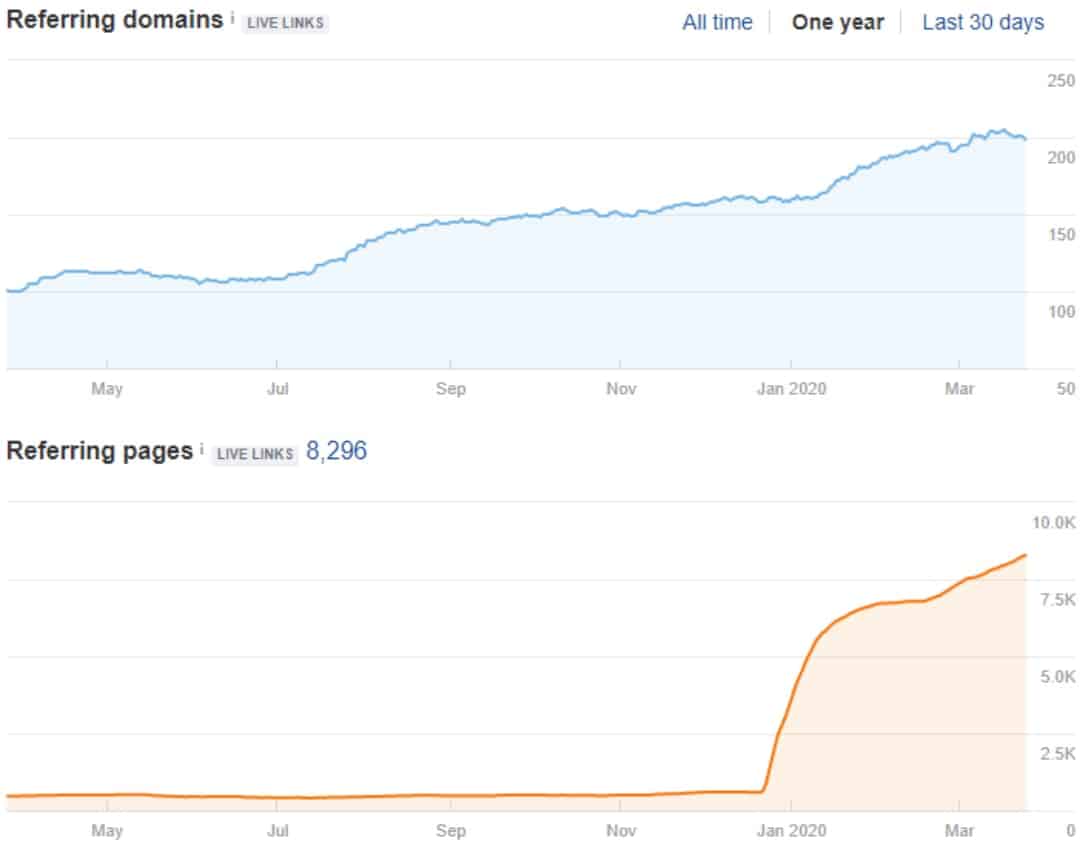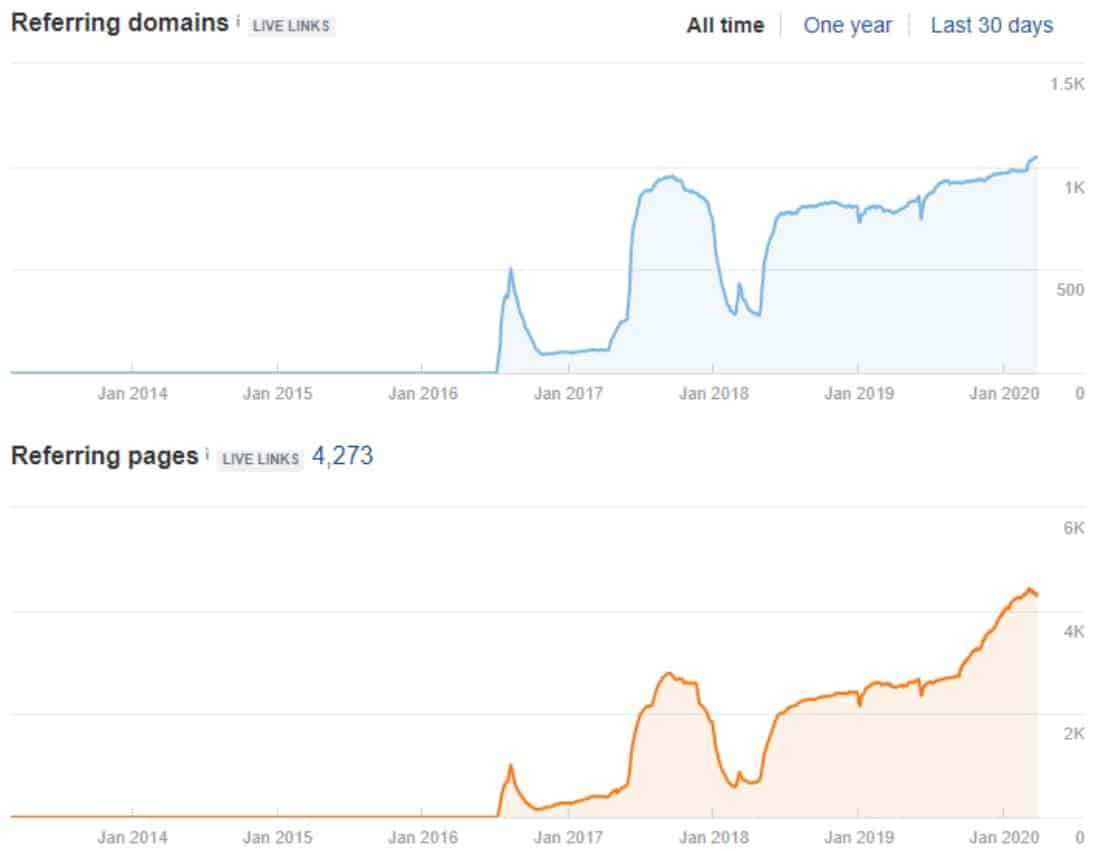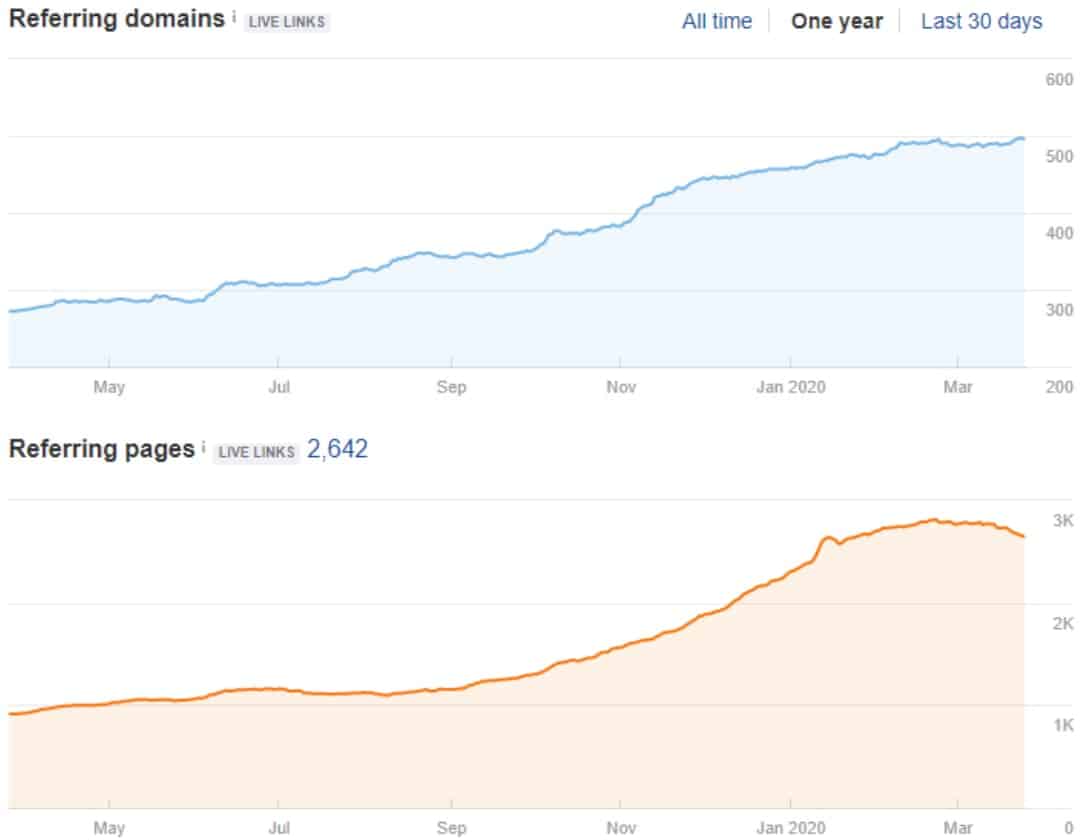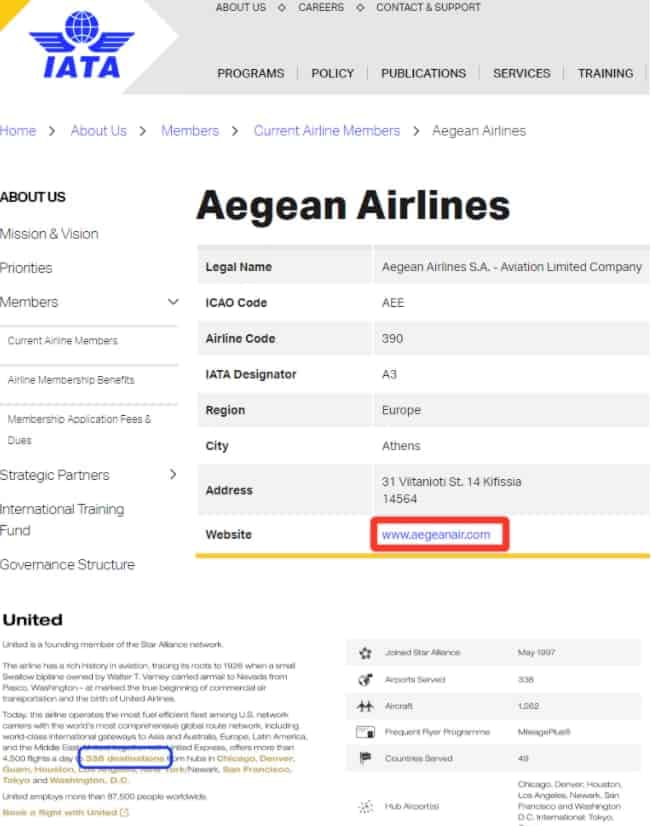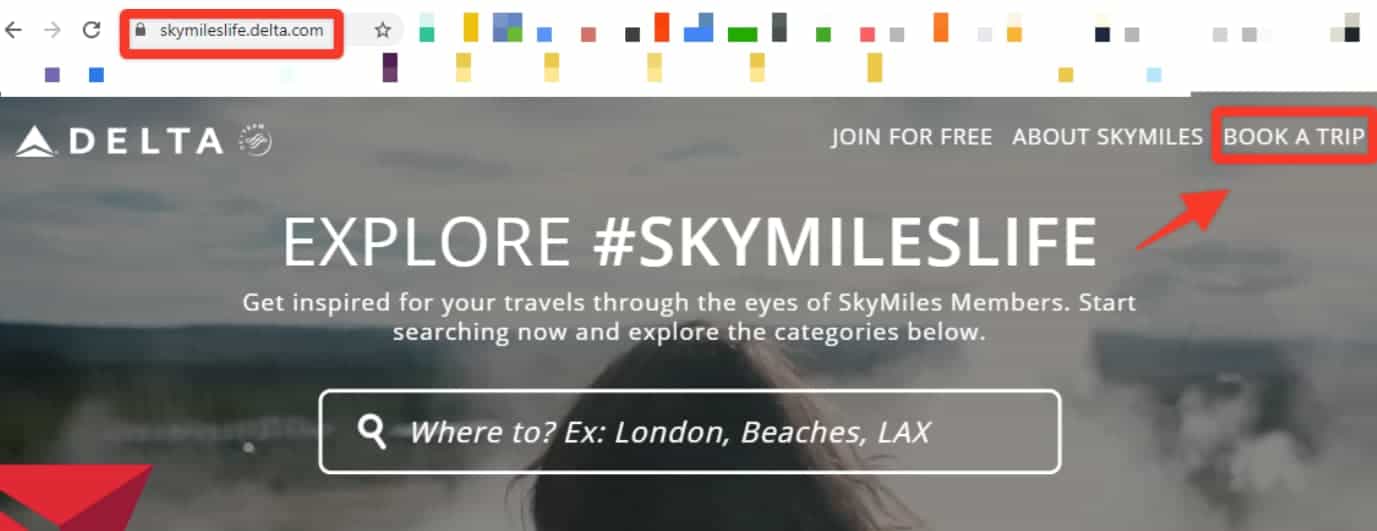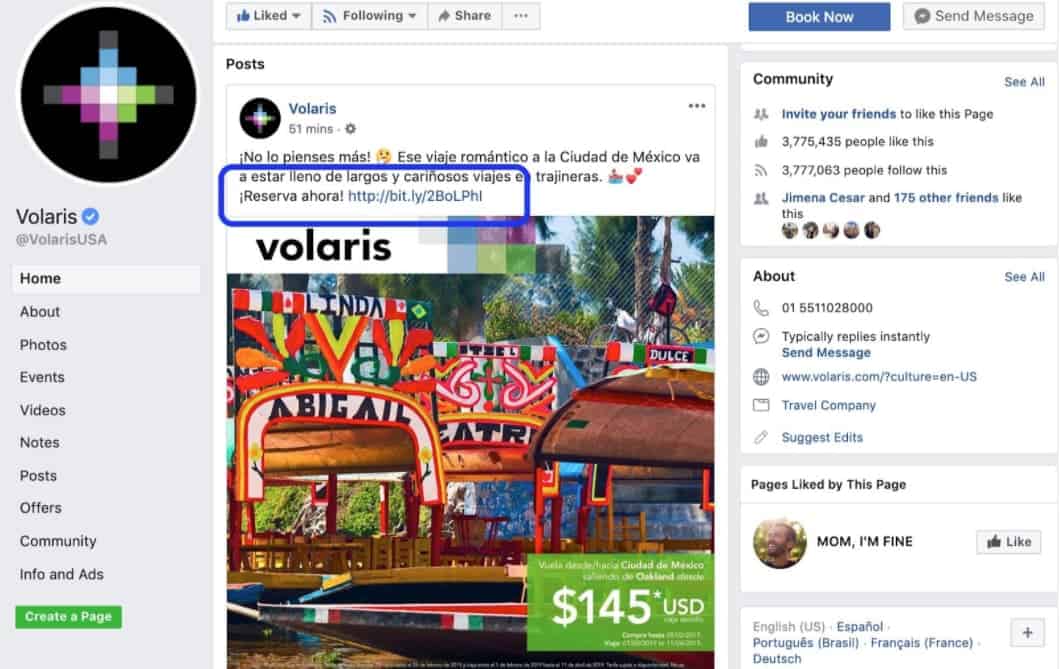This document offers best practices for link acquisition for airlines.
Back to SEO Resources for Airlines >
Who should read this document?
- Staff responsible for SEO
- Staff responsible for the airline’s website
- Staff responsible for PR
- Staff responsible for the site’s content strategy
Overview
Although Google wants to downplay the role of backlinks in its algorithms, the truth is that backlinks still are a backbone of SEO (read PageRank).
Getting backlinks can be especially important for airTRFX pages because it can help Google discover, crawl, index and rank them better. This means that Google looks at backlinks to determine the quality of airTRFX pages.
However, the traditional link building scheme that relies on identifying link opportunities and reaching out to potential link posters just don’t work for airlines. This approach is not scalable for enterprise companies, and most of the time results in outreached webmasters or bloggers asking money in exchange for the link placement.
That’s why airlines should focus on implementing practical and scalable link building techniques for airTRFX pages, including:
- Working in tandem with PR to promote airTRX pages
- Creating linkable assets by leveraging Custom Pages
- Leveraging airline associations and alliances
- Creating links to airTRFX on other corporate websites
- Promoting airTRFX pages on social media platforms
- Monitoring and claiming online mentions
1. Work in tandem with PR
The airline’s PR strategy can become the best link building strategy too. If PR and SEO work in tandem, it will be extremely beneficial for the company, beyond just backlinks. A synergy between PR and SEO can improve the airline’s reputation, build trust, expand the audience, improve rankings, and, of course, drive bookings!
Before we dive into a few PR tactics that can build links for the airline, there are a couple of tips we want to point out:
- If PR is promoting specific destinations, ask them to include links to the promoted route pages.
- Make sure that PR uses the preferred or canonical URLs. Using a canonicalized or redirected URL will not be as effective and a precious opportunity will be lost.
- Make sure that links from paid sponsorships have the rel=”sponsored” attribute.
Here are a few PR tactics that can work for SEO too:
Press releases
Work with PR to get links on every article or press release published in the news. Take a look at the materials the marketing and PR teams have created. They may include content assets and articles from which to link to a relevant page.
It will be also beneficial to include links to relevant route pages on news pages published on the airline’s website. This is because content or news aggregators may pick up the story and get you some nice backlinks.
Media coverage opportunities
There are plenty of platforms that allow experts on certain topics to connect with journalists. For example, sites like HARO will send you a plethora of queries from journalists looking for news sources on a daily basis. This may represent a great opportunity for an airline to build relationships with journalists and media outlets. Also, you can secure a link in each story!
Community engagement
It’s very common for large airlines to be very engaged with the local or national communities. Work with the PR team to gather a full list of community initiatives that can be leveraged for links, including sponsorships, charities, scholarships, contests, etc.
For example, make sure to reach out to sponsored partners for an acknowledgment on their sites.
Likewise, secure a mention of the airline’s scholarship programs on sites of universities and colleges.
2. Create linkable assets
Invest in content and create assets that can attract both users and links.
In airTRFX , we have enabled a feature called Custom Pages that allow airlines to build different types of pages other than routes and destinations pages. Airlines can create an unlimited number of Custom Pages to cover topics with high search interest.
Travel guides
Inspirational travel pages can provide airlines with an unmatched capability to attract natural links and visitors. After all, 95% of all US travelers search for their travel destinations online.
For example, Skyscanner’s tips and inspiration articles have generated almost 50K backlinks in the last three years:
Flight tracker tool
Keywords about an airline’s flight status or tracker are among the most popular search queries on search engines, generating hundreds of thousands of monthly searches. This interest offers a great opportunity to build a dedicated page with a flight tracking tool for users.
For example, American Airlines flight tracker page has gained thousands of links over the years:
Online check-in page
Searches about doing a flight check-in online are only second to searches for the airline’s flight tracker. Make sure there is a dedicated landing page to serve in search engines for these search queries.
For example, United’s check-in page has become one of the most linked pages on the airline’s website:
FAQ and help pages
FAQ and help pages are powerful content assets that can naturally acquire an unlimited number of backlinks.
Conduct a keyword research and find out what are the most asked questions on Google. SEMrush Keyword Magic tool is one of the best tools out there to uncover questions related to any airline’s services and flights. For example, here some of the most popular questions about American Airlines:
In another example, Southwest’s FAQ page is actually the third-most linked page on the airline’s site:
Newsfeed section
A news feed hub is another site section that will naturally pick up backlinks from media outlets. Many airlines have dedicated subdomain for this type of content, but we recommend a subdirectory implementation instead.
Here is how many backlinks Delta’s news hub acquired over the years:
Travel alerts and notices page
Build a travel notices page that provides real-time information about the airline’s flights, services, and policies. It will instantly become a natural information source for media outlets.
For example, United’s travel notices page gained more than 10K backlinks in less than five months!
Dedicated page for deals and promotions
A dedicated page that aggregates the latest flight deals is one of the few pages that can gain backlinks incredibly fast. That’s because travel bloggers and specialized sites are constantly looking for airline deals to share with their audience. If the airline offers an affiliate program, the possibilities are endless.
For example, Air Canada has earned more than 20K backlinks since launching a dedicated page for deals and promotions in 2017:
Dedicated membership page
Once an airline offers a loyalty or membership program, it instantly becomes news. When it happens, you better be prepared. Build a dedicated page providing an overview of the loyalty program. It will start acquiring backlinks in auto-pilot.
Check American Airlines AAdvantage Program:
Route map
Another useful tool to naturally pick up backlinks is the airline’s route map.
For example, United’s route map has been constantly earning backlinks over the course of a year:
Dedicated policy pages for baggage, cancellation, and pets
Baggage, cancellation, pets. These are, in that order, the most searched policy matters on any airline’s website. Therefore, building a dedicated page for each policy guarantees an exponential number of backlinks.
American Airlines has made a great work with its baggage policy page, which keeps earning backlinks:
You should also create dedicated pages for other policies and topics that are popular. Use SEMrush Keyword Magic tool to conduct keyword research and identify potential opportunities. Avoid building separate pages for sub-topics because it might dilute the page value that a single comprehensive page would earn over time. Instead, consolidate similar content on a page entirely dedicated to a topic.
Fare finder tool
Another tool that can be super helpful for users is a fare finder calendar.
For example, Southwest’s Low Fare Calendar is increasingly becoming one of the most popular pages on the site:
3. Leverage airline associations and alliances
Airline associations and alliances can be powerful tools for acquiring inks. This also extends to tourism boards and airports’ websites.
Look for opportunities not only on the associations or alliances websites but also in joint events and publications.
4. Interlink between corporate websites
It’s common for airlines to have multiple websites with their own brand identity. When it makes sense and helps users have a link pointing to the airline’s website.
5. Promote links on social media
Social networks provide an easy way to share and distribute content. Viral content, promotions, or announcements can lead to new backlinks to the airline’s website.
6. Monitor online mentions
It’s hardly possible to follow up on every single mention on the Internet, especially for large websites such as airlines’. It’s even harder to secure a backlink every time someone mentions the airline out there.
However, targeted link reclamation can become a powerful method to earn backlinks. Set up alerts on mention monitoring tools such as Mention for different types of mentions:
- Airline name and brand terms
- Airline services
- Airline’s membership program
- Airline’s credit card programs
- Airline’s community programs
- Airline’s prominent employees
You want to pay special attention to mentions by top travel influencers, sites, magazines, journalists, and prominent clients. Obviously, you only want to reach when the mention is:
- Positive
- Relevant (not just an occasional mention)
- The link is almost certain to be secured
- It comes from sites with the highest page authority
Back to SEO Resources for Airlines >
Further Reading
Link Building for Airlines – EveryMundo
Consistent Canonicals and Site Preference Signals – EveryMundo
Google PageRank is NOT Dead: Why It Still Matters – Ahrefs
All Links Are Not Created Equal: 20 Graphics on Google’s Valuation of Links – MOZ
Qualify your outbound links to Google – Google

